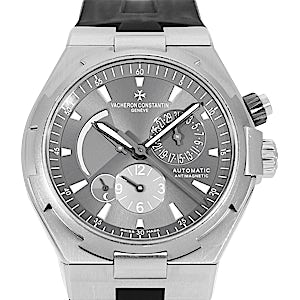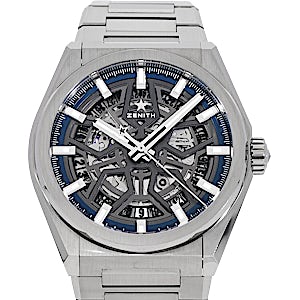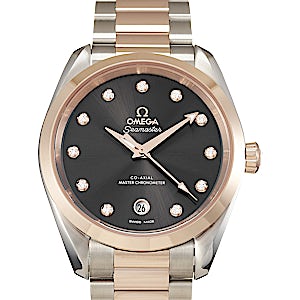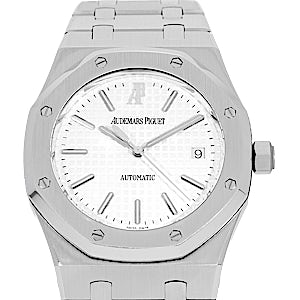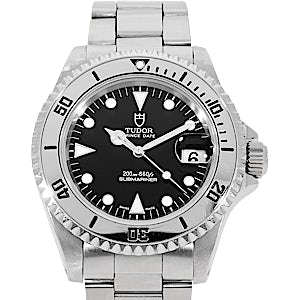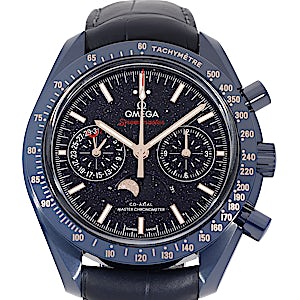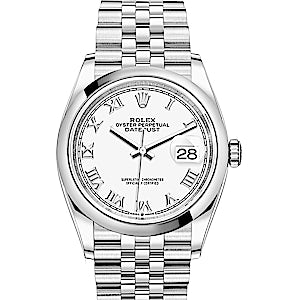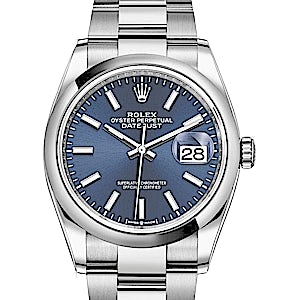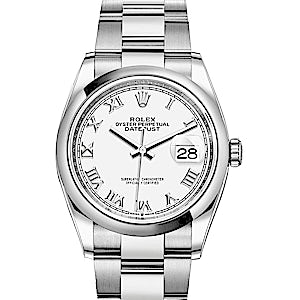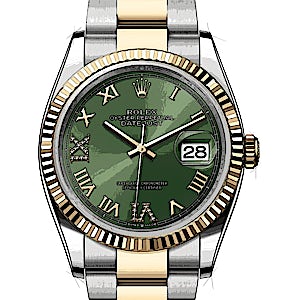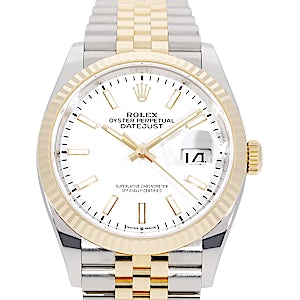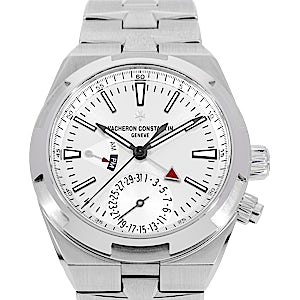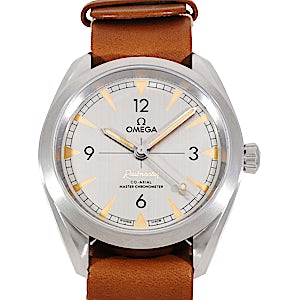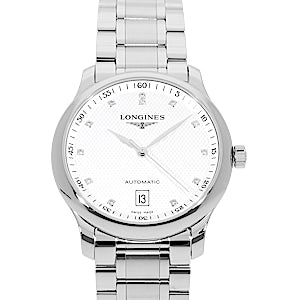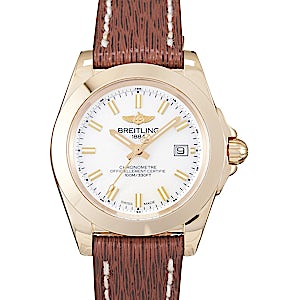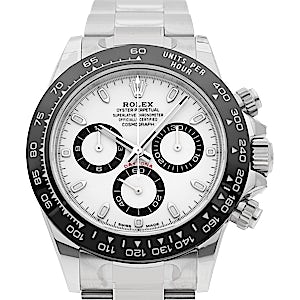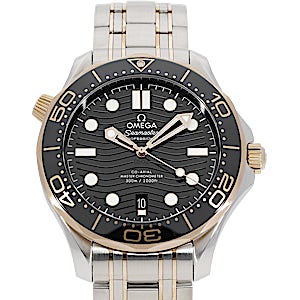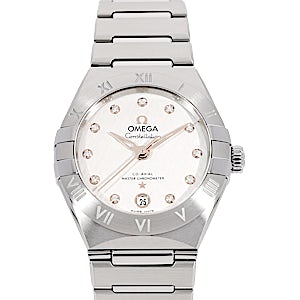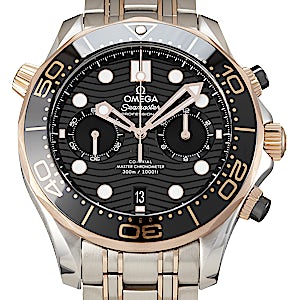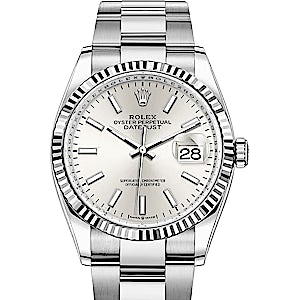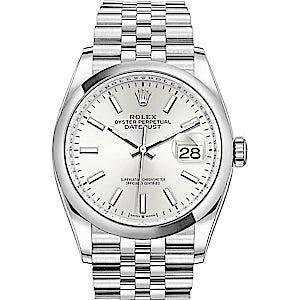Watches With Complications
Watches with complications
Nothing demonstrates the great achievements of watchmaking better than watches with complications. Whether chronograph, calendar, minute repeater or with extra time zones, each additional function represents a technical masterpiece inside the watch. Implementing this requires high degrees of know-how so it's not for nothing that complication watches have particular value and great fascination for watch lovers.
What is the meaning of a watch complication?
Basically, any function of a mechanical watch that goes beyond a mere time display is a complication. Offering useful functions, complications are complex additional modules of the clockwork which are also driven by it.
In order for the hours, minutes and seconds to be displayed clearly, a complex interplay of over 200 individual parts is needed. Every mechanical watch, however simple, is thus an extremely complicated piece of precision engineering. Every additional complication means extra parts such as gears and displays. This makes complication watches more sensitive and more expensive than ordinary watches. This is hardly a surprise when the number of working hours (each can consist of up to 600 parts) and the cost of materials for a watch with complications is taken into account. The more functions there are, the more watch manufacturers charge for their complicated timepieces - a price of several hundred thousand pounds for luxury models from renowned brands are not uncommon.
The main complications
With complication watches, watch connoisseurs distinguish between common and so-called 'large' complications requiring special watchmaking expertise. The three 'big ones' are the tourbillon, the minute repeater and the perpetual calendar; some also include the chronograph. Only the most well-known watch manufacturers can produce these challenging complications.
Tourbillon
The tourbillon, designed to increase accuracy, is more of a gimmick than a practicality. The oscillation and escapement system is enclosed by a tourbillon cage that rotates on its own axis every minute - resolving any inaccuracies caused by gravity.
Minute repeater
Clocks with minute repeaters make a sound every hour, quarter of an hour or minute. The mechanism that underlies this function is extremely complicated, which is why these watches are particularly popular with collectors.
Calendar function
The perpetual calendar is the most sophisticated types of calendar watch, featuring one of the most complex of complications. The sophisticated mechanism correctly displays the current date up to the year 2100 without the watch needing to be manually adjusted. In contrast, timepieces with annual calendars, leap year calendars or full calendars have to be corrected at regular intervals, for example, every leap year or after every month with fewer than 31 days.
Chronograph
A chronograph is a watch with a time stop function - a highly complicated mechanism that not every watchmaker can master. The stop function is started and stopped by a push-button on the side of the housing; another push-button resets the time to zero. So-called pusher chronographs only have one pusher for operating all functions.
There are, however, other types of chronographs. A particularly complex version is the Rattrapante or drag-pointer chronograph. This has a second hand to indicate intermediate times. The flyback (also called the 'flying second' or 'return-en-vol') is characterised by its ability to reset to zero without stopping. The Foudroyante special chronograph model is a masterpiece in terms of precision: the measured fractions of a second are also displayed on its dial. Zenith's El Primero Foudroyante is one of the front runners: it can measure to the 1/10 second.
Date display
The date display is one of the most popular and most frequently built-in complications. Over the past few decades, watchmakers have come up with various variations: one of the most common is the window date - a disc integrated into the dial that displays the date. Also available are hand date models where the watch has another scale on the edge of the dial. An additional pointer rests on the current date. For watches with a large date, the date is displayed on two or three discs which are visible through dial cut-outs.
Weekday display: day - date
This complication is often used in conjunction with a date display. The current day of the week is shown and, depending on the manufacturer's taste, this is abbreviated or written in full. As with the date display, several variants are possible: most day-date watches have a window showing the corresponding section of a disc behind it. Some calibers even have a display in different languages: set as desired by the wearer this is implemented using intermediate fields. Another variant is using an extra pointer to display the day of the week.
World clock (second time zone)
Watches that display a second time zone are geared towards the needs of frequent travellers. A separate scale on the outer edge of the dial shows this second time zone. Some clocks can even display three different time zones such as the Sinn 6036 Frankfurt world clock.
Moon phase
Often combined with beautiful designs based on astronautical themes, these watches show the current moon phase. Full moon, new moon, waxing or waning moons are each shown on a disc on the dial.
Power reserve
Wristwatches with power reserves were developed by Breguet and Jaeger-LeCoultre in the mid-20th century. This practical function, often with an additional totaliser, ensures the wearer never forgets to wind up their watch. While most watches have to be rewound every day or two, some manufacturers offer models with exceptional power reserves of several days. The Lange 31 model by A. Lange & Söhne can even run for a whole month.
Wristwatches with alarms
Watches with alarm functions generate an alarm tone at set times. The sound of this tone varies depending on the design. The alarm time is usually set using a separate crown. The mechanics of a wristwatch with alarm are relatively complex: an additional barrel, as well as an adjusting mechanism and drive, is required to set a small hammer in motion. This hits the housing and generates the alarm.
Equation (equation of time)
An 'equation' or 'time equation' model is a kind of hybrid between a normal watch and a sundial. It informs the wearer when the displayed time deviates from solar time. The basis of this complication is the fact that our modern time schedule of 24-hours a day is based on the average day length across the year. The actual length of the day, measured from sunrise to sunset, deviates by several minutes according to the season.
The main manufacturers of complication watches
Calibers with complex complications are mainly developed by traditional watch manufacturers who have the required high-level of skill and experience. Complication watches serve a purpose on one hand as useful companions while, on the other hand, they are also prestige objects that fascinate with their sophisticated mechanisms. They are aimed at the high-end market where buyers are willing to spend large sums of money on a wristwatch. For this reason, watches with complications are the speciality of renowned luxury watchmakers - famous names such as Rolex, A. Lange & Söhne, Sinn, IWC and Breitling put a lot of time and effort into developing ever better calibers.
Small complications – big names
When it comes to small complications, the Rolex brand, based in Geneva, stood out from the start. Among other things, the manufacturer was an early driver of the date and weekday display - the Rolex Datejust (1945), for example, was one of the first watches to have a date window. In addition, IWC, A. Lange & Söhne and Breitling were also early developers of small complications.
Masters of the big complications
Among the manufacturers of watches with large complications, Patek Philippe and Breguet stand out. Breguet created a sensation with its Breguet No. 1827 160, better known as the 'Marie Antoinette'. The watch was named for the famous French queen and featured an incredible 23 complications. It took over 30 years to develop. Patek Philippe continuously works on new and elaborate complication watches. The legendary 5074, for example, is made up of 467 individual parts and features every conceivable complication from the perpetual calendar to the moon phase display.

